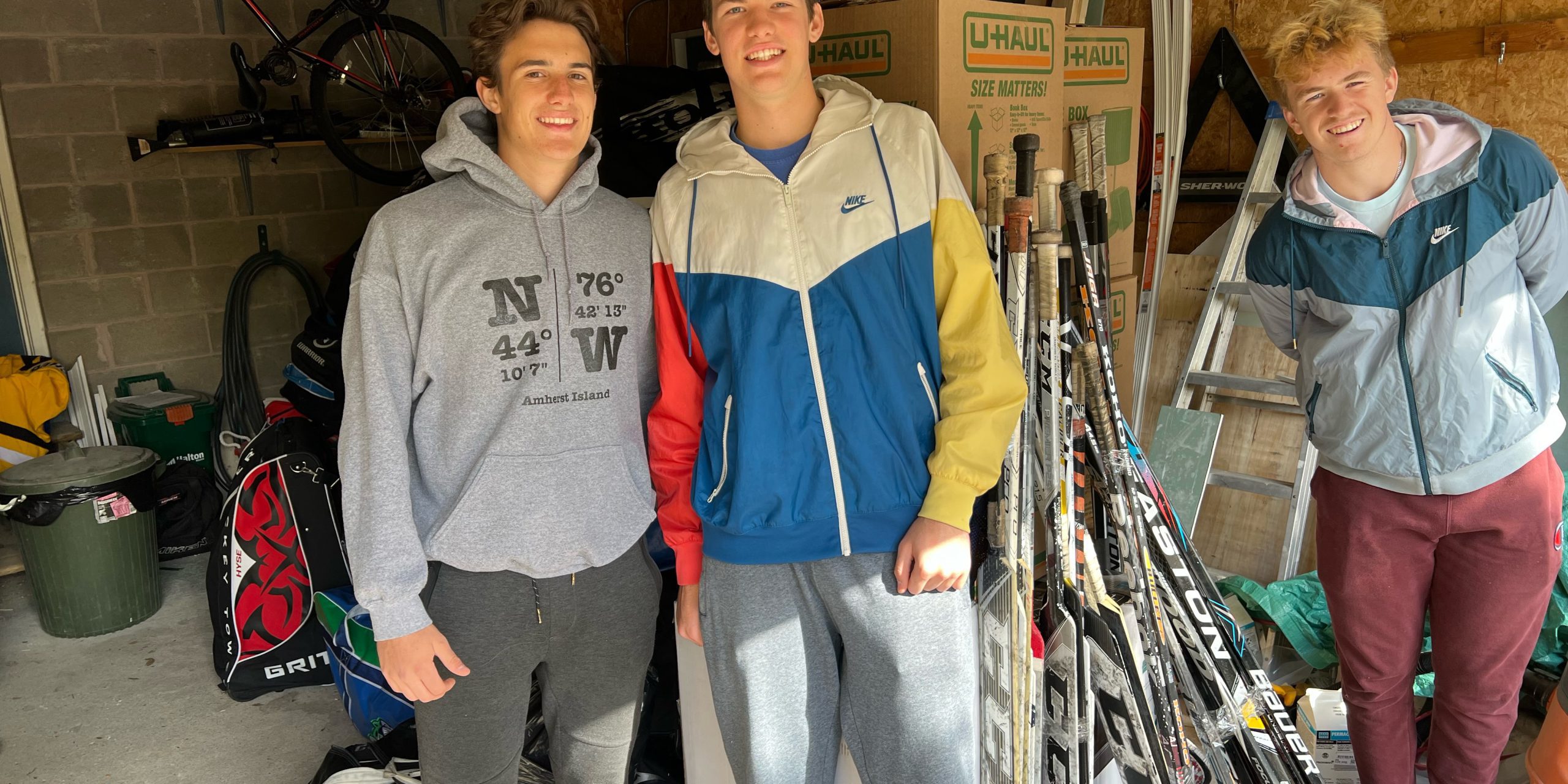What is an Awareness Campaign?
An awareness campaign is a great way to raise public interest and awareness about issues you are passionate about. For example, you’re passionate about spreading awareness about True North Aid and the challenges Indigenous communities face in Canada, and you want people to donate and support this cause.
Some past examples of successful awareness campaigns have been the ALS Ice Bucket Challenge and Movember, however there are many ways to raise awareness about a cause that is close to your heart!
Share on Social Media
- Create a Peer-to-Peer Fundraiser and Share on your social media, email and with family and friends to encourage them to donate to your cause.
- Identify your supporters – who do you want to engage? Who do you want to get behind you in raising awareness and money?
- Set up hashtags related to your cause. Check out what other groups/influencers use to raise awareness about a similar cause.
- Create some graphics for your campaign – Canva is a great tool to use to create compelling graphics.
- If you’re fundraising for True North Aid or any other charity, make sure you tag them on your socials!
Tech developments also allow people to discuss ideas and information on different platforms. You can host a live video Q&A, conduct surveys, and create different materials like animated GIFs to further grab your audience’s attention and let them know more about your cause.” – from Wrist Band Creation.com – 10 things you can do to raise awareness about a cause.
Research
A well-informed advocate is the best kind. You can answer questions from interested parties, debunk myths from naysayers, and further educate your fellow supporters. A wealth of information is available both online and offline. Just remember to verify the credibility of your sources so that you’re always equipped with the correct information.
Create a Peer to Peer Fundraising Page
Another part of awareness campaigns, and something that is picking up quickly with many charity organizations, is creating a peer-to-peer fundraising page. Each of these fundraising pages has a goal of how much you want to fundraise and by what date. Once this is created – share on social media with your friends!
Click the link on how to create a Peer-to-Peer fundraiser with True North Aid!
Share Your Personal Story
Nothing can be more believable than people campaigning and supporting a cause they have experienced first-hand or through a loved one. This is especially true for causes that support medical and health research, emergency response, and environmental protection.
Share your story online, accept speaking engagements should you be invited, or speak out during meetings. You will lend credibility and strength to your cause.
Your small way of supporting your favourite cause can positively impact if you’re consistent and honest. Have you found your means to help? Do it today and start building awareness so that it can be turned into action in the near future
Resources and information from:
https://wristbandcreation.com/10-things-can-raise-awareness-cause/
https://www.gofundme.com/c/blog/raise-awareness






